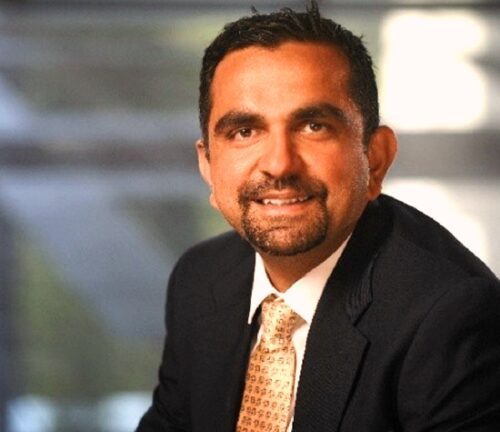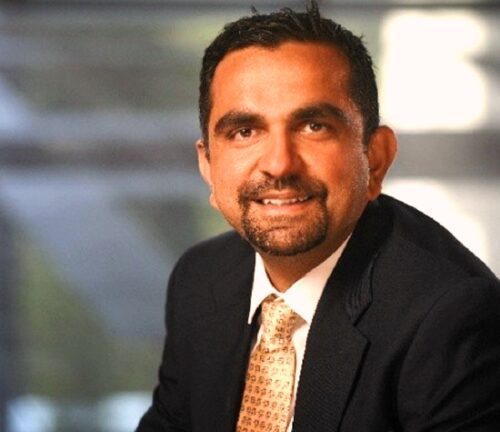Navis is a provider of operational technologies and services that unlock greater performance and efficiency for the world’s leading organisations across the cargo supply chain. It combines industry best practices with innovative technology and world-class services to enable its customers maximise their performance and reduce risk, regardless of cargo type.
Sea News interviewed the Chief Product Officer of NAVIS, Younus Aftab recently. During this interaction, Younus shared his insight on various topics ranging from challenges facing shipping terminals to cyber security and impact of COVID-19 on shipping industry.
Below are the edited excerpts from the interview…..
What are the main challenges modern terminals are facing today in terms of productivity?
Modern terminals are extremely process driven and the main challenges they face are to further optimize their processes to achieve better productivity. The majority of terminals around the world have reached a process equilibrium and there needs to be a major mindset shift –from a process driven to a data driven mindset – in order to achieve the next level of efficiency. Specific challenges include: Variable workload, inconsistency in resource performance, visibility of operations, shift in the baseline (suboptimal productivity gradually becomes the new norm), cross functional / operational challenges, and unforeseen delays due to cascade effects.
How does Navis solutions’ fit in and add value in terms of boosting productivity and efficiency of terminals?
Navis is building solutions that enable terminals and operators to stay more connected, centralize operations and provide next generation user experience for all stakeholders. These solutions deliver the capability to capture more data than ever before, bringing better visibility and perspective to pave the way to record productivity gains. Take a look at what one of our container terminal customers in Malaysia had to say after deploying our new OpsView platform: “Week 13 after deploying OpsView, our team set a new all-time weekly record of 137,256 moves or nearly 212,000 TEU’s. This is a full 5000 moves more than our last record.”
How open are terminal operators to Digitalisation / Automation today, giving up traditional practices?
The majority of terminal operators have the desire for better productivity through digitalization/automation, but struggle when it comes to giving up traditional practices. We have seen terminals succeed by creating user experiences that not only leverage the latest technology, but specifically address the pain points of the old processes. This enables operators to do more with less effort, making it easier for them to give up traditional practices and embark on their digitalization journey. This also allows them to reach a higher level of safety and security in practical operations, for example, using solutions from Navis that allow them to prevent stacking and proper usage of twistlocks.
Intermodal rail acts as the lifeline of goods movement in ports. How does Navis Rail augment safe and smart operations?
The Navis Rail portfolio of solutions includes an integrated platform for planning and optimizing freight railroads, a terminal operating system (TOS) for managing, operating intermodal rail yards, as well as on dock rail solutions for marine terminals to plan, manage and safely operate an on-dock rail facility. The real-time visibility needed for safe and efficient operations is baked into our rail solution. Rail is also seeing a wave of automation, which has been prevalent in marine terminal space, and Navis’ solutions provide industry first experience to bring data, intelligence and automation together.
Tell us more about Navis N4?
N4 is our most advanced Terminal Operating System (TOS) and powers the performance of more than 320 of the most advanced terminals in the world. It continues to evolve and is becoming more accessible than ever before by enabling users to expand their reach beyond the TOS to other applications and services bringing in a new wave of insight. N4 is enabling the Navis Smart Platform which allows the modularity and connectivity to other stakeholders within and outside the ecosystem.
Cyber security has been one of the major concerns. How do you deal with it?
Cyber security will continue to become a growing concern as the world becomes more digital than ever before. Defining guidelines and best practices for each risk item is the most important step to dealing with these concerns. We have experts from the cyber security industry here at Navis helping discover newer areas of risk and defining the guidelines to safeguard us and our customers from those risks. Compliance to the defined security guidelines is of paramount importance to us and we are ensuring that industry first response programs are incorporated in our practices, along with services which enable security in our solutions.
How COVID-19 impacted Port/Terminal operations globally and your company, if so?
This pandemic had a significant impact on global port and terminal operations early, causing volumes to decrease worldwide. As we got deeper into the pandemic and people got used to the new normal, we noticed a fascinating turnaround, so much so that the productivity and volume hit an all time high at some ports/terminals around the world. Our company has provided innovative solutions to help our customers cope with this pandemic by creating business continuity programs to remotely manage, plan and connect to their terminal operations enabling integrated workspaces.
Is this pandemic going to spur shift to automation? Your views on this…’
The pandemic definitely creates the right environment to spur the shift to automation. The SMARTization (intelligence added by default) of equipment is enabling unprecedented data that can drive end to end optimizations. This also allows control and management to be location agnostic, centralized and remote. Pandemic is enabling simplified control that could be remote and a shift in thinking to take a step by step approach versus all or nothing approach.
Which are emerging markets across the world in terms of Technology adoption?
Asia and Latin America continue to lead the charge and potentially have the opportunity to leapfrog as well.
Sea News Feature, December 9



